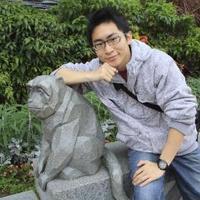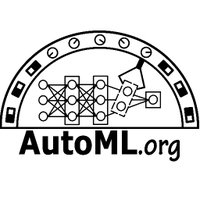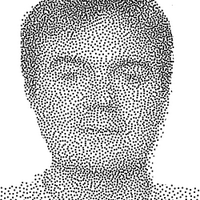
Franciskus Xaverius Erick
@fxerick2
PhD student. Representation learning and uncertainty quantification @UniFAU @BorderlessSci @BiomedIAICL
ID: 1404563830030667784
14-06-2021 22:18:16
12 Tweet
12 Takipçi
120 Takip Edilen





Unsure which arch to use for your deep ensemble? Why settle for one? Neural Ensemble Search constructs ensembles with varying network archs Paper: arxiv.org/abs/2006.08573 Code: github.com/automl/nes Work by Sheheryar Zaidi Arber Zela Thomas Elsken Chris Holmes Frank Hutter Yee Whye Teh







![Neil Houlsby (@neilhoulsby) on Twitter photo [3/3] Towards big vision
While dense models are still the norm, sparse MoE layers can work well too!
Large Vision-MoEs (15B params) can be trained to high performance relatively efficiently, and can even prioritize amongst patches (see duck).
arxiv.org/abs/2106.05974
... [3/3] Towards big vision
While dense models are still the norm, sparse MoE layers can work well too!
Large Vision-MoEs (15B params) can be trained to high performance relatively efficiently, and can even prioritize amongst patches (see duck).
arxiv.org/abs/2106.05974
...](https://pbs.twimg.com/media/E30j0alWEAILrK4.jpg)





